Online marketing can be an overwhelming task for many small business owners. Most understand the importance of it, but are unaware of the many tools and strategies available to them, or which will work best for their business. One tool that almost every business owner with a website has heard of is SEO, or search engine optimization. While this remains a foundational tool that every website owner should use, it’s not the only one you should be thinking about.
Diversify Your Online Marketing Strategy
Small businesses need to view online marketing like a good investment portfolio. By this I mean embracing a diversification strategy. Successful marketing cannot be built around a single tool—much like how a good investment portfolio cannot be entirely made up of high-risk stocks. Businesses need to use a combination of long-term and short-term strategies to get the most out of their online marketing. Today, what businesses need most when it comes to online marketing is Web Presence Management.
In this post, I’ll outline what we mean by web presence management, and the online marketing tools you can use to improve and maintain your business’s online presence.
SEO
As I mentioned before, SEO is the foundation on which all online marketing strategies should be built. It’s a long-term strategy used to rank your website on Google and other search engines for target keywords. A solid SEO strategy will help your website rise in the ranks for keywords related to your business and bring you more organic traffic. Without good SEO in place, the only traffic your website is likely to get is from direct search or paid advertising.
SEO is an ongoing effort to rank for new keywords and maintain organic traffic, but it’s not a silver bullet. It should be seen as a slow growth strategy with big payoffs once firm rankings have been established.
Google AdWords
Google AdWords is a form a paid advertising that allows you to position your website near the top of the search results page for target keywords. Every time someone clicks on your ad, a set amount of money is taken out of your account. Ads can be run on a set schedule and budget so that you can get the most out of your campaigns.
Google Ads are best used to attain top positions for high conversion keywords. Ads are also great for promoting special offers to beat out your competition and capitalize on seasonal trends.
YouTube Channels & Advertising
YouTube is the second largest search engine on the web and the most visited social platform. It has a user base of 1.3 billion people that watch almost 5 billion videos per day. With online video consumption on the rise among all age groups, small businesses need to consider the potential gains video marketing can bring.
For instance, a company can use their YouTube channel to upload informative videos about their products and services. These videos can then be shared out on social media or used on their website to keep users engaged and on pages longer.
YouTube can also be used to create advertisements that play before videos. Using Google AdWords, you can create video ads for target keywords and topics. You can set your ad to send a user to your website, YouTube channel, or some other online portal.
Social Media Advertising
Social media has become the number one place to run online ads. Its ability to deliver custom ads to highly-targeted audiences makes it the best way to get in front of your ideal customer. Another great thing about social ads is that they’re usually inexpensive, making it possible to run a successful campaign on a tight budget.
For a lot more on social media advertising, read our post: Ensuring Your Business’s Social Media Advertising Success.
Email Marketing
Email marketing is a great way to keep in touch with your customers. You can use it to inform them of promotions, send them coupons, or deliver a steady stream of content. One of the key benefits of email marketing is that it goes right to your customer’s inbox, making it more likely that they’ll see and open your email.
Native and In-App Advertising
Native ads are the ones you see on a website or mobile app. On a website, they typically show up in a banner, a sidebar, or within the content. Within apps, ads can appear in all kinds of ways: in a small banner at the bottom of the screen, a short video before viewing or listening to content, or periodically appearing during your favorite mobile game.
Web Presence Management in Practice
Using these tools in conjunction to bolster your marketing efforts is what makes web presence management.
For example, while you’re running a social media ad campaign, say someone clicks on your ad but decides to back out. You can capture some data from that interaction to show them another ad somewhere else. This could be within a phone app, on a website they’re visiting, or on a different social media platform. Because of their initial engagement with your ad, you know they’re interested. Now it’s just a matter of showing them another ad at the right time and in the right place to get them through the sales funnel.
In short, Web presence management is all about knowing your customer’s online behavior and creating multi-channel marketing strategies around those behaviors to sell your goods and services. It’s no easy task, but is essential for having online marketing success.
About Barta Media Group — Barta Media Group offers online and offline marketing solutions for businesses looking to increase their brand’s awareness and earn more customers. Our in-house team of marketers, designers, and developers work together to provide true business visibility solutions.
